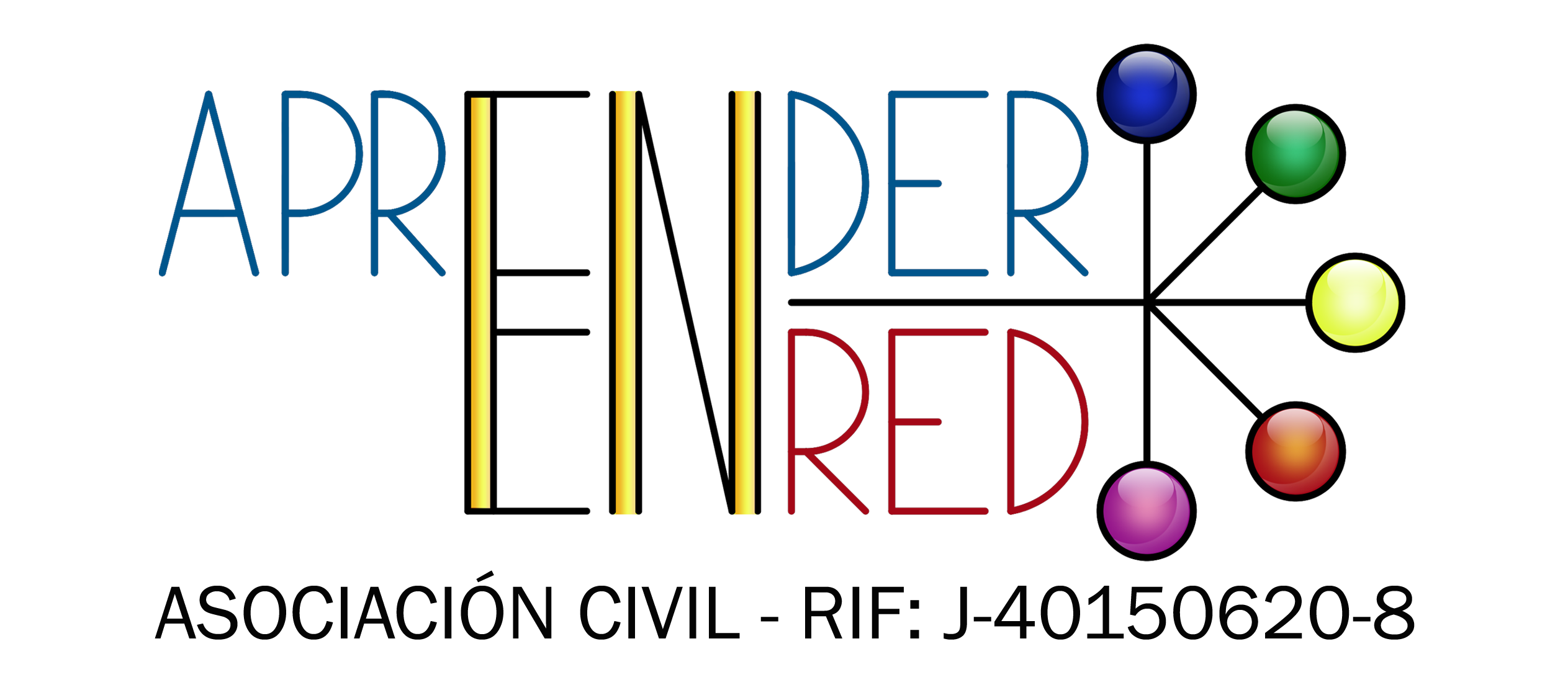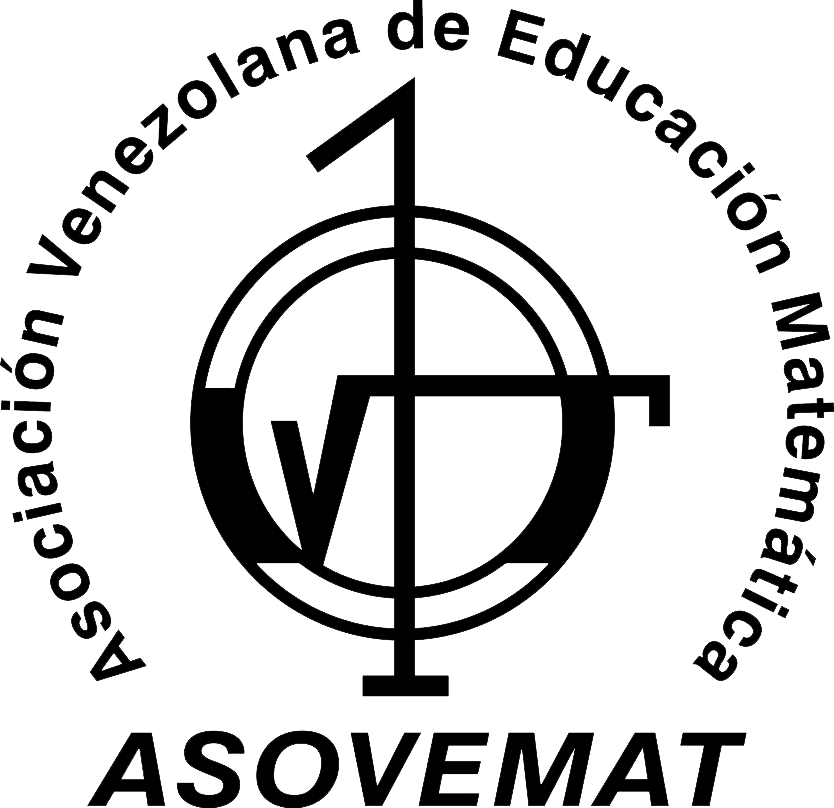Interactions, touches on screen and learning of quadrilaterals
DOI:
https://doi.org/10.54541/reviem.v1i2.9Keywords:
Quadrilaterals, Touches on screen, Constructive and relational realms, Justifications, ProofsAbstract
Beyond mobility, ubiquity and the convergence of media, tablets and smartphones allow touch screens. These touches become part of the linguistic system and, therefore, of thought. Mobile devices can contribute to the instruction and learning processes. The article illustrates answers from students and prospective teachers and raises, from them, reflections on geometric discoveries produced by high school and prospective teachers in mathematics. The activities aimed at learning quadrilaterals with a focus on identification, conceptualization, analysis of properties and the production of proofs, using dynamic geometric environment with touchscreen (DGEwT). The data were produced in written responses to the tasks, researchers' diaries, observations and conversations throughout the classes, screen constructions and video recordings. Actions such as moving and increasing were evidenced in the analysis and can enrich the subjects' repertoire when dealing with AGDcT. Two domains of handling on screen are evidenced in the production of justifications and mathematical proofs. Screen touches should be seen as another form of embodied cognition.
Downloads
Metrics
References
Arzarello, F., Bairral, M., & Dané, C. (2014). Moving from dragging to touchscreen: geometrical learning with geometric dynamic software. Teaching Mathematics and its Applications, 33(1), 39-51. https://doi.org/10.1093/teamat/hru002
Arzarello, F., Bairral, M., Dané, C., & Iijima, Y. (2013). Ways of manipulation touchscreen in one geometrical dynamic software. En E. Faggiano, & A. Montone (Eds.), Proceeding of the 11th International Conference on Technology in Mathematics Teaching (ICTMT11) (pp. 59-64). Universidad de Bari.
Arzarello, F., Paola, D., Robutti, O., & Sabena, C. (2009). Gestures as semiotic resources in the mathematics classroom. Educational Studies in Mathematics. Special issue on Gestures and Multimodality in the Construction of Mathematical Meaning, 70(2), 97-109. https://doi.org/10.1007/s10649-008-9163-z
Assis, A. R. de (2020). Alunos do ensino médio realizando toques em telas e aplicando isometrias com GeoGebra [tese de doutorado não disponível online, Universidade Federal Rural do Rio de Janeiro].
Assis, A., & Bairral, M. (2019). Using touchscreen devices to improve plane transformation in high school classroom. International Journal for Research in Mathematics Education (RIPEM), 9(1), 45-60. http://sbem.iuri0094.hospedagemdesites.ws/revista/index.php/ripem/article/view/2078
Bairral, M. (2013, 29 de septiembre-2 de octubre). Do clique ao touchscreen: novas formas de interação e de aprendizado matemático [paper presentation]. 36a Reunião Anual da Anped, Goiânia. http://36reuniao.anped.org.br/pdfs_trabalhos_aprovados/gt19_trabalhos_pdfs/gt19_2867_texto.pdf
Bairral, M. A. (2017). As manipulações em tela compondo a dimensão corporificada da cognição matemática. Jornal Internacional de Estudos em Educação Matemática (JIEEM), 10(2), 104-111. https://doi.org/10.17921/2176-5634.2017v10n2p104-111
Bairral, M. (2019). Touching on screen, exploring and making sense regarding quadrilaterals with FreeGeo App. Quaderni di Ricerca in Didattica: Matematica (Special number 7), 421-425.
Bairral, M. (2020). Not only what is written counts! Touchscreen enhancing our cognition and language. Global Journal of Human-Social Science (G), 20(5), 1-10. https://doi.org/10.34257/GJHSSGVOL20IS5PG1
Bairral, M. A., Arzarello, F., & Assis, A. (2015). High School students rotating shapes in GeoGebra with touchscreen. Quaderni di Ricerca in Didattica: Matematica, 25(suplemento 2). Proceedings CIEAEM 67, 103-108. http://math.unipa.it/~grim/CIEAEM%2067_Proceedings_QRDM_Issue%2025_Suppl.2.pdf
Bairral, M., Arzarello, F., & Assis, A. (2017). Domains of manipulation in touchscreen devices and some didactic, cognitive and epistemological implications for improving geometric thinking. En G. Aldon, F. Hitt, L. Bazzini, & U. Gellert (Eds.), Mathematics and technology: a C.I.E.A.E.M source book (pp. 113-142). Springer. https://doi.org/10.1007/978-3-319-51380-5_7
Bairral, M. A., Assis, A., & Silva, B. C. (2016). Mãos em ação em dispositivos touchscreen na Educação Matemática. Edur UFRRJ.
Bairral, M. A., & Barreira, J. C. F. (2017). Algumas particularidades de ambientes de geometria dinâmica na educação geométrica. Revista do Instituto GeoGebra de São Paulo, 6(2), 46-64. https://revistas.pucsp.br/index.php/IGISP/article/view/35378
Bairral, M., & Carvalho, M. (Eds.). (2019). Dispositivos móveis no ensino de matemática: tablets & smartphones. Editora Livraria da Física.
Bairral, M. A., & Henrique, M. P. (Eds.). (2021). Smartphones com toques da Educação Matemática: mãos que pensam, inovam, ensinam, aprendem e pesquisam. CRV. https://doi.org/10.24824/978655578728.3
Bairral, M., Henrique, M. P., & Assis, A. (2021, en prensa). Moving parallel and transversal lines with touches on smartphones: a look through screenrecording. The Mathematics Enthusiast, 19.
Bairral, M. A., & Powell, A. (2015). Identificação e análise de objetos e relações em Virtual Math Teams. En A. Powell (Ed.), Métodos de pesquisa em Educação Matemática: usando escrita, vídeo e internet (pp. 127-150). Mercado de Letras.
Bairral, M. A., & Silva, E. R. de C. (2018). Trabalhando quadriláteros em smartphones: alunos de uma escola pública descobrindo e produzindo propriedades. Debates em Educação, 10(22), 164-190. https://doi.org/10.28998/2175-6600.2018v10n22p164-190
Bussi, M. G. B., & Mariotti, M. A. (2008). Semiotic mediation in the mathematics classroom: artifacts and signs after a Vygotskian perspective. En L. D. English, M. B. Bussi, G. A. Jones, R. A. Lesh, B. Sriraman, & D. Tirosh (Eds.), Handbook of International Research in Mathematics Education (second revised edition, pp. 746-783). Routledge / Taylor & Francis Group.
Calder, N., Larkin, K., & Sinclair, N. (Eds.). (2018). Using mobile technologies in the teaching and learning of Mathematics. Springer. https://doi.org/10.1007/978-3-319-90179-4
Chao, T., Murray, E., & Star, J. (2016). Helping mathematics teachers develop noticing skills: utilizing smartphone technology for one- on-one teacher/student interviews. Contemporary Issues in Technology and Teacher Education, 16(1), 22-37.
https://citejournal.org/wp-content/uploads/2016/05/v16i1math1.pdf
Cirillo, M., & Herbst, P. (2012). Moving toward more authentic proof practices in geometry. The Mathematics Educator, 21(2), 11-33. https://128.192.239.209/tme/article/view/1964/1869
Dalcín, M., & Molfino, V. (2012). Clasificación particional de cuadriláteros como fuente de demostraciones y construcciones en la formación inicial de profesores. Revista do Instituto GeoGebra de São Paulo, 1(1), LXXXI-XCVII. https://revistas.pucsp.br/index.php/IGISP/article/view/8841
Healy, L., & Hoyles, C. (2001). Software tools for geometrical problem solving: potentials and pitfalls. International Journal of Computers for Mathematical Learning, 6(3), 235-256. http://doi.org/10.1023/A:1013305627916
Henrique, M. P. (2021). Metáforas e toques em tela: potencializando aprendizagens discentes no estudo de retas paralelas e transversais [tese de doutorado não disponível online, Universidade Federal Rural do Rio de Janeiro].
Laborde, C. (2001). Integration of technology in the design of geometry tasks with cabri geometry. International Journal of Computers for Mathematical Learning, 6(3), 283-217. https://doi.org/10.1023/A:1013309728825
Lasa, A., & Wilhelmi, M. R. (2013). Use of GeoGebra in explorative, illustrative and demonstrative moments. Revista do Instituto GeoGebra de São Paulo, 2(1), 52-64. https://revistas.pucsp.br/index.php/IGISP/article/view/15160
Mariotti, M. A. (2000). Introduction to proof: the mediation of a dynamic software environment. Educational Studies in Mathematics, 44(1-3), 25-53. https://doi.org/10.1023/A:1012733122556
Mariotti, M. A. (2019). A geometria em sala de aula: reflexões sobre ensino e aprendizagem (S. de S. Melo, Trans.). Editora UFPE.
Marques, W. (2018). Multinumeramentos em smartphones de alunos do ensino médio sob telas da neurociência [tese de doutorado não disponível online, Universidade Federal Rural do Rio de Janeiro].
Ng, O. (2016). Comparing calculus communication across static and dynamic environments using a multimodal approach. Digital Experiences in Mathematics Education, 2(2), 115-141. https://doi.org/10.1007/s40751-016-0014-8
Ng, O., & Sinclair, N. (2015). “Area without numbers”: using touchscreen dynamic geometry to reason about shape. Canadian Journal of Science, Mathematics and Technology Education, 15(1), 84-101. https://doi.org/10.1080/14926156.2014.993048
Park, D., Lee, J., & Kim, S. (2011). Investigating the affective quality of interactivity by motion feedback in mobile touchscreen user interfaces. International Journal of Human-Computer Studies, 69(12), 839-853. https://doi.org/10.1016/j.ijhcs.2011.06.006
Silva, B. C. C. de (2017). Justificativas e argumentações no aprendizado de quadriláteros: uma intervenção com papel, lápis e dispositivos móveis [dissertação de mestrado, Universidade Federal Rural do Rio de Janeiro]. Biblioteca Digital de Teses e Dissertações da UFRRJ. https://tede.ufrrj.br/jspui/handle/jspui/4409
Silva, B. C. C. da, & Bairral, M. (2019). Justificativas e argumentações no aprendizado de quadriláteros com o FreeGeo. En M. Bairral, & M. Carvalho (Eds.), Dispositivos móveis no ensino de matemática: tablets e smartphones (pp. 159-178). Editora Livraria da Física.
Sinclair, N., & Freitas, E. de (2014). The haptic nature of gesture: rethinking gesture with new multitouch digital technologies. Gesture, 14(3), 351-374. https://doi.org/10.1075/gest.14.3.04sin
Sinclair, N., & Robutti, O. (2013). Technology and the role of proof: the case of dynamic geometry. En M. A. K. Clements, A. J. Bishop, C. Keitel, J. Kilpatrick, & F. K. S. Leung (Eds.), Third International Handbook of Mathematics Education (pp. 571-596). Springer. https://doi.org/10.1007/978-1-4614-4684-2_19
Sinclair, N., & Yurita, V. (2008). To be or to become: how dynamic geometry changes discourse. Research in Mathematics Education, 10(2), 135-150. https://doi.org/10.1080/14794800802233670
Skliar, C. (2014). Desobedecer a linguagem: educar. Autêntica.
Villiers, M. de (1994). The role and function of a hierarchical classification of quadrilaterals. For The learning of Mathematics, (14), 11-18.
https://flm-journal.org/Articles/58360C6934555B2AC78983AE5FE21.pdf
Villiers, M. D. de (2001). Papel e funções da demonstração no trabalho com o Sketchpad. Educação e Matemática, (62), 33-36.
Downloads
Published
How to Cite
Issue
Section
License
Copyright (c) 2021 Marcelo Bairral

This work is licensed under a Creative Commons Attribution 4.0 International License.
Authors who publish with this journal agree to the following terms:
- Authors retain copyright and grant the journal right of first publication with the work simultaneously licensed under a Creative Commons Attribution License 4.0 that allows others to share the work with an acknowledgement of the work's authorship and initial publication in this journal.
- Authors are able to enter into separate, additional contractual arrangements for the non-exclusive distribution of the journal's published version of the work (e.g., post it to an institutional repository or publish it in a book), with an acknowledgement of its initial publication in this journal.
- Authors are permitted and encouraged to post their work online (e.g., in institutional repositories or on their website) prior to and during the submission process, as it can lead to productive exchanges, as well as earlier and greater citation of published work.














